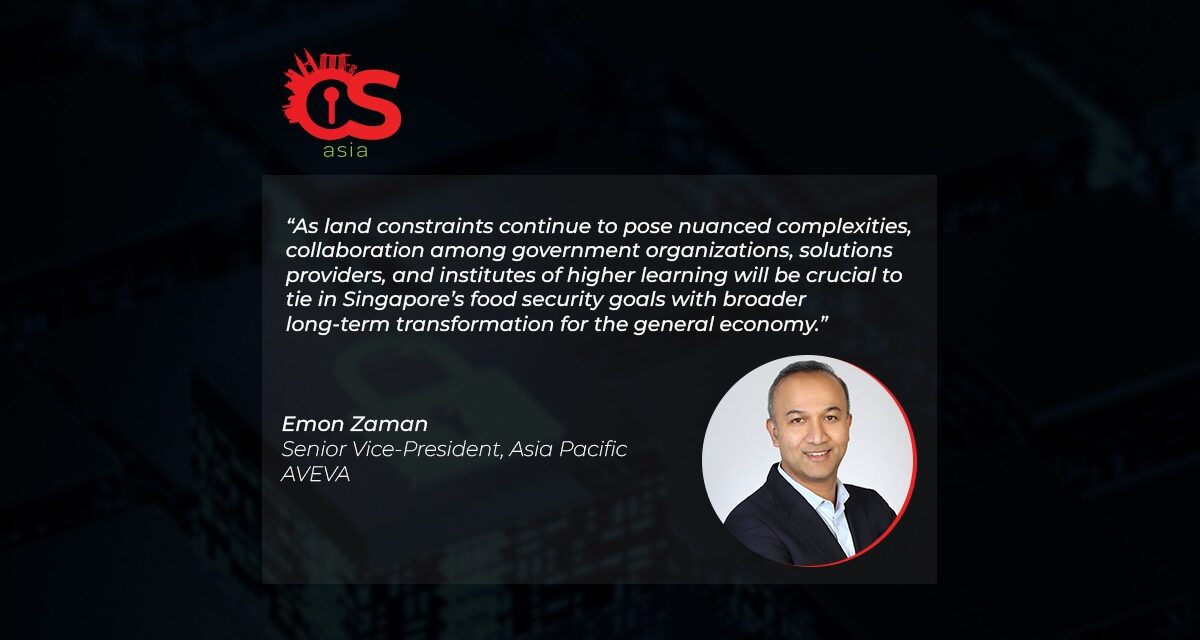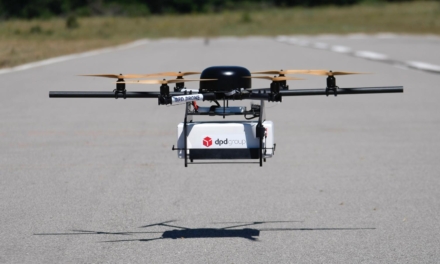With less than 1% of its already scarce land designated for agri-food industries, how can Singapore leverage digital transformation to produce 30% of its food supply by 2030?
We should all be familiar with this scene. When eating out in a restaurant, somewhere in the periphery of our vision we see children screaming and fighting over food and desserts, and all it takes is a loud voice from a parent figure to end the situation. Such methods may work on children, but they may not be the best gameplan for nations competing for food supply. In the broader scheme of interconnected global economies, food security is no child’s play, and the implications can be costly.
As a small island nation with little natural resources, Singapore imports 90% of its food from over 170 countries and regions. The major dependence on other countries puts the country at the mercy of external forces.
To navigate this vulnerability, Singapore recently launched its ’30 by 30’ initiative — a goal to produce up to 30% of its food supply needs domestically by 2030. In addition, the Singapore Food Agency has introduced co-funding schemes, such as a S$60 million Agri-Food Cluster Transformation Fund to support the transformation of agri-food sector into one that is highly productive, climate-resilient, and resource-efficient.
While this may be a step in the right direction, less than 1% of Singapore’s land is designated for agri-food industries. As land constraints continue to pose nuanced complexities that require perspective and effort from all vested parties, collaboration among government organizations, solutions providers, and institutes of higher learning will be crucial to tie in Singapore’s food security goals with broader long-term transformation for the general economy.
Digital transformation in food manufacturing
In today’s interconnected food systems and economies, companies are constantly tested on their ability to ensure consistent quality of products, respond to customer order demands, and increase production capacity and capability. This is in addition to ongoing disruptions such as geopolitical tensions, the cascading impacts of climate change and rising food prices, which continue to threaten our fragile interconnected food systems.
In response, organizations are turning to technology to overcome these timeless disruptions. This is promising, particularly as Singapore continues to renew itself as an urban tropical metropolis. F&N Dairies (Fraser & Neave), for instance, tapped on a manufacturing execution system from AVEVA to build an automation software solution. This was designed to allow for end-to-end monitoring of manufacturing processes. From this, the company managed to improve product traceability and costs savings by bypassing warehousing and manual documentations. It also achieved 100% First-Time Quality, a metric that indicates what parts are manufactured correctly the first time without the need for inspection, rework or replacement.

The increased adoption of agri-tech and aquaculture solutions is another example of how tech can be adopted to strengthen food resilience, reliability and sustainability. Precision-farming methods, which leverage software and sensors to collect real-time data. Predictive analytics software then uses the collected data to identity fields that require treatment and determine the optimum amount of water, fertilizers, and pesticides. This ultimately allows farmers to reduce resource waste, optimize costs, and minimize impact on the environmental.
While these technologies are looked upon as an immediate to mid-term answer to raising yields quickly, the aquaculture and aquafarming industry has much runway ahead for digital transformation. Balancing the demands for yield productivity, profitability, and incremental transformation is a no easy feat, and could present a host of challenges for farm businesses.
For farm operators, investing in technologies may elicit renewed concerns about practicality, affordability, and returns on investments. Furthermore, newer technologies may not be as accessible. They can also be overcomplicated and frustratingly challenging to understand, let alone implement.
It is therefore pertinent that we address the barriers that prevent the people who need it most. Bridging this divide between innovation and tradition must be the focus in the longer-term transformation we seek. This is where interdisciplinary collaboration and partnerships come in.
For industrial software providers, this means going beyond fixed presumptions of production plants and venturing into the field to understand use cases, requirements, and pain points of the local farmers. This enables solutions to be made as seamless as possible, while pushing back on the limitations and challenges bogging down the industry.
Additionally, putting users at the forefront allows for the creation of affordable and accessible concepts that work in a real-world setting, further strengthening local farmers’ trust in the capabilities of technological offerings.
The Singapore experience: learning as doing
Another step forward for Singapore is the rethink of the concept of food security, a challenge where businesses, institutes of higher learning, and government organizations can work together on as food security is an existential factor for Singapore. This is where private and public sector focuses can converge.
Industry competitions can be a way forward to promote collaboration and stimulate creative thinking and commercialization of solutions. For instance, at AVEVA, we worked with industry partners ISDN and Stratus Technologies to organize an Industrial Innovation Challenge in 2022. The idea was to get students and industry professionals working together — mentored by subject matter experts from leading organizations — to apply industry-standard technology and best practices to solve real-world challenges.
Accordingly, Singapore academic institution Temasek Polytechnic won the challenge. The student and faculty team designed a fish farm management system that iterates better approaches beyond labor-intensive techniques. The system not only allows fish farmers to automate fish feeding, but it also collects and measures water quality data such as temperature, as well as ammonia and pH levels in real-time over one integrated platform.
Utilizing these solutions, fish farmers have much more clarity on the health of their fishes, enabling them to improve the quality and potentially quantity of fish produced. Making learning synonymous with doing naturally creates a vested interest towards a desired outcome. This is powerful especially when it involves food security.
Preparing the current and future workforce
Building on the case for partnerships earlier, institutions of higher learning and industry businesses have major roles to play in shaping the perceptions of the food industry. Transformation goes beyond doing more, to doing better. We can all contribute to this change to make the agri-food industry more compelling.
Today, career conversion programmes in urban agriculture technology, agri-business, and applied sciences offer professionals new possibilities to take their careers into different paths. Internships and job attachments can plant the seeds for an idea into our next generation to carry on the good fight for greater food security in the world. We can inspire the next generation to think of new ways beyond conventional thinking.
Building that longevity and capacity requires partnership and a common vision. Strengthening Singapore’s food security involves the collaboration of the private sector, institutes of higher learning, and government. As we started this piece with the example of a rowdy dinner table, let us be clear: Loud voices alone will not solve Singapore’s food security challenges.





















